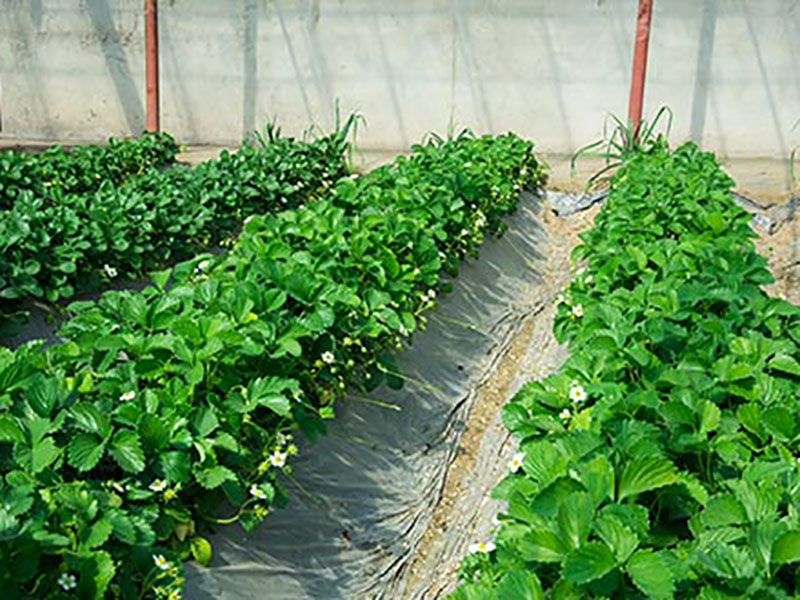Agriculture is the foundation of the national economy, and soil and fertilizer are the foundation of agriculture. The dominant agriculture in the 21st century is ecological agriculture, and the leading food in the 21st century is green food. Green food is a safe, high-quality, nutritious food without pollution. Therefore, green food has strict restrictions on the growing soil, applied fertilizer and pesticides. This requires the development of efficient, pollution-free, high-quality green fertilizers to meet the growing demand for efficient agriculture. Amino acid multi-element fertilizers are high-quality green fertilizers that meet this requirement and have high-quality plant physiology. Let's talk about the production of amino acid fertilizers and their effects on the soil:
1. Production of amino acid multi-element fertilizer
At the end of the 20th century, in order to meet the requirements of organic foods, the research of amino acid multi-element fertilizer came into being. Amino acid multi-element fertilizer is a high-efficiency, pollution-free high-quality green fertilizer that combines the advantages of both amino acid fertilizer and trace element fertilizer. The core steps of its production process: 1 protein hydrolysis into amino acids; 2 amino acids and trace elements chelate. As a chelating agent, the performance and cost of amino acids are the key to the wide application of amino acid multi-element fertilizers. The amino acid multi-element fertilizer mainly uses the waste protein hydrolysis to prepare a compound amino acid multi-element fertilizer, such as the waste liquid after extracting cystine by hair hydrolysis or using animal hair to extract amino acid. The methods for preparing amino acids by protein hydrolysis include acid hydrolysis, alkali hydrolysis, enzymatic hydrolysis, and high temperature and high pressure hydrolysis, among which acid hydrolysis is the most widely used. As an amino acid for fertilizers, the main goal of the process research is to reduce costs. At present, attention is paid to the extraction of amino acids by using protein waste liquid. The waste liquid contains 17 to 18 kinds of amino acids, and the content is high. The use of waste liquid to develop amino acid fertilizer can not only recycle waste, but also reduce environmental pollution. The methods for extracting amino acids from waste liquids and developing amino acid fertilizers include membrane separation method, electrochemical method and ion exchange method.
2. The effect of amino acid multi-element fertilizer on soil
Amino acids are precursors of synthetic proteins, which are the most abundant and complex biological macromolecules in living cells, and they are ubiquitous in the biological world. Although the trace elements are small, they play a role in the coordination, dependence and restriction of the elements. Most of them are components of enzymes or coenzymes and are very active in plants. Without them, crops cannot develop normally, and serious diseases can occur or even die. Therefore, amino acid multi-element fertilizers and their degradation products do not pollute the soil and the environment.


